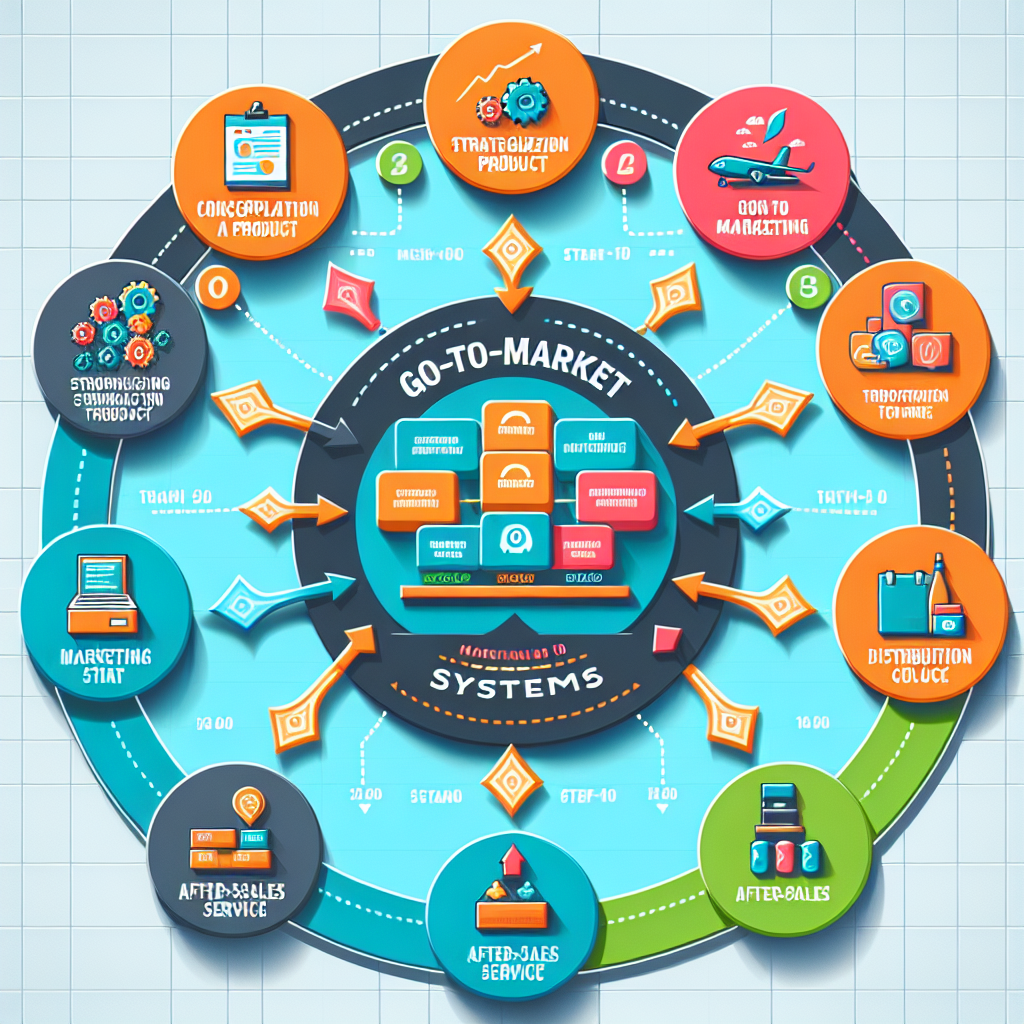-
Table of Contents
- Marketing Isn’t Magic—It’s Math (With Better Fonts)
- The Big Idea: Marketing Is a System, Not a Slot Machine
- The Revenue Engine Framework (a.k.a. How to Stop Guessing)
- 1. Define the Business Outcome
- 2. Map the Funnel (Yes, the Whole Thing)
- 3. Assign Metrics That Actually Matter
- 4. Build Repeatable Campaigns
- 5. Align With Sales or Die Trying
- Real Talk: Case Study Time
- Stop Chasing Cool. Start Chasing Cash.
- Final Thought: Be the CFO’s Favorite Marketer
- Now What?
Marketing Isn’t Magic—It’s Math (With Better Fonts)

Let’s get one thing straight: marketing isn’t a Hogwarts elective. It’s not a cauldron of “vibes,” “virality,” and “manifesting brand love.” It’s math. It’s systems. It’s strategy. And yes, it’s got better fonts than your finance team’s PowerPoint deck—but that doesn’t make it sorcery.
Too many marketers are still chasing the dragon of “going viral” like it’s 2012 and Gangnam Style just dropped. Meanwhile, the CMOs who actually move the needle are building revenue engines, not TikTok dances. If your marketing plan can’t be explained on a whiteboard with a dry-erase marker and a hangover, it’s not a plan—it’s a Pinterest board.
The Big Idea: Marketing Is a System, Not a Slot Machine
Here’s your truth bomb, gift-wrapped and ready to detonate:
“If your marketing success depends on luck, you don’t have a strategy—you have a scratch ticket.”
Great marketing is repeatable. Scalable. Predictable. It’s not about hoping your tweet gets picked up by Elon Musk’s algorithmic mood swings. It’s about building a system that turns dollars into more dollars—consistently.
The Revenue Engine Framework (a.k.a. How to Stop Guessing)
Let’s break down a simple, no-BS framework that turns marketing from a cost center into a growth engine. I call it the Revenue Engine Framework. It’s not sexy, but neither is your CAC-to-LTV ratio—and that’s what gets you promoted.
1. Define the Business Outcome
Start with the end. What are you trying to do? Increase revenue? Drive qualified leads? Sell more subscriptions to your B2B SaaS platform that “revolutionizes synergy”? Cool. Write it down. Tattoo it on your forehead if you have to.
2. Map the Funnel (Yes, the Whole Thing)
Too many marketers obsess over top-of-funnel like it’s the only part that matters. But if your leads are leaking out the bottom like a colander full of spaghetti, you’ve got a problem. Map the full journey:
- Awareness: Who are we talking to?
- Consideration: Why should they care?
- Conversion: How do we get them to act?
- Retention: How do we keep them coming back?
- Advocacy: How do we turn them into unpaid sales reps?
3. Assign Metrics That Actually Matter
Vanity metrics are the cotton candy of marketing—sweet, colorful, and completely useless. Focus on metrics that tie to revenue:
- Customer Acquisition Cost (CAC)
- Lifetime Value (LTV)
- Conversion Rate by Stage
- Sales Cycle Length
- Marketing-Sourced Revenue
If your dashboard looks like a NASA control panel but you can’t tell me what’s driving revenue, you’re doing it wrong.
4. Build Repeatable Campaigns
One-hit wonders are for 90s boy bands. You need campaigns that can be cloned, optimized, and scaled. Think:
- Quarterly product launches with pre-built playbooks
- Always-on paid media with clear ROI
- Lifecycle email sequences that don’t suck
- Content that ranks, converts, and doesn’t make people want to gouge their eyes out
5. Align With Sales or Die Trying
If your marketing and sales teams aren’t aligned, you’re not a go-to-market team—you’re a dysfunctional family at Thanksgiving. Get in the same room. Share the same goals. Speak the same language. Bonus points if you can do it without passive-aggressive Slack messages.
Real Talk: Case Study Time
Let’s talk about a B2B SaaS company I worked with. They were spending $100K/month on paid ads and couldn’t tell me what their CAC was. Their idea of attribution was “gut feeling.” After implementing the Revenue Engine Framework, we:
- Cut ad spend by 40%
- Increased MQL-to-SQL conversion by 60%
- Reduced CAC by 35%
- Got the CMO a raise (and a better espresso machine)
Magic? Nope. Just math, systems, and a little tough love.
Stop Chasing Cool. Start Chasing Cash.
Look, I get it. It’s tempting to chase the shiny object. The viral video. The brand campaign that wins awards but doesn’t move product. But if you want to be a CMO who actually drives growth—not just vibes—you need to build a system that works when you’re not in the room.
Marketing isn’t about being the loudest voice in the room. It’s about being the one who can tie every dollar spent to a dollar earned—and still have time to make the deck look good.
Final Thought: Be the CFO’s Favorite Marketer
If your CFO doesn’t love you, you’re doing it wrong. Be the marketer who speaks in revenue, not reach. Who builds systems, not stunts. Who can explain ROI without using the word “vibes.”
Because at the end of the day, marketing isn’t magic. It’s math—with better fonts.
Now What?
Audit your funnel. Kill your vanity metrics. Build a campaign that can scale. And for the love of all things holy, stop chasing “viral.” Chase value. Chase revenue. Chase results.
<p

